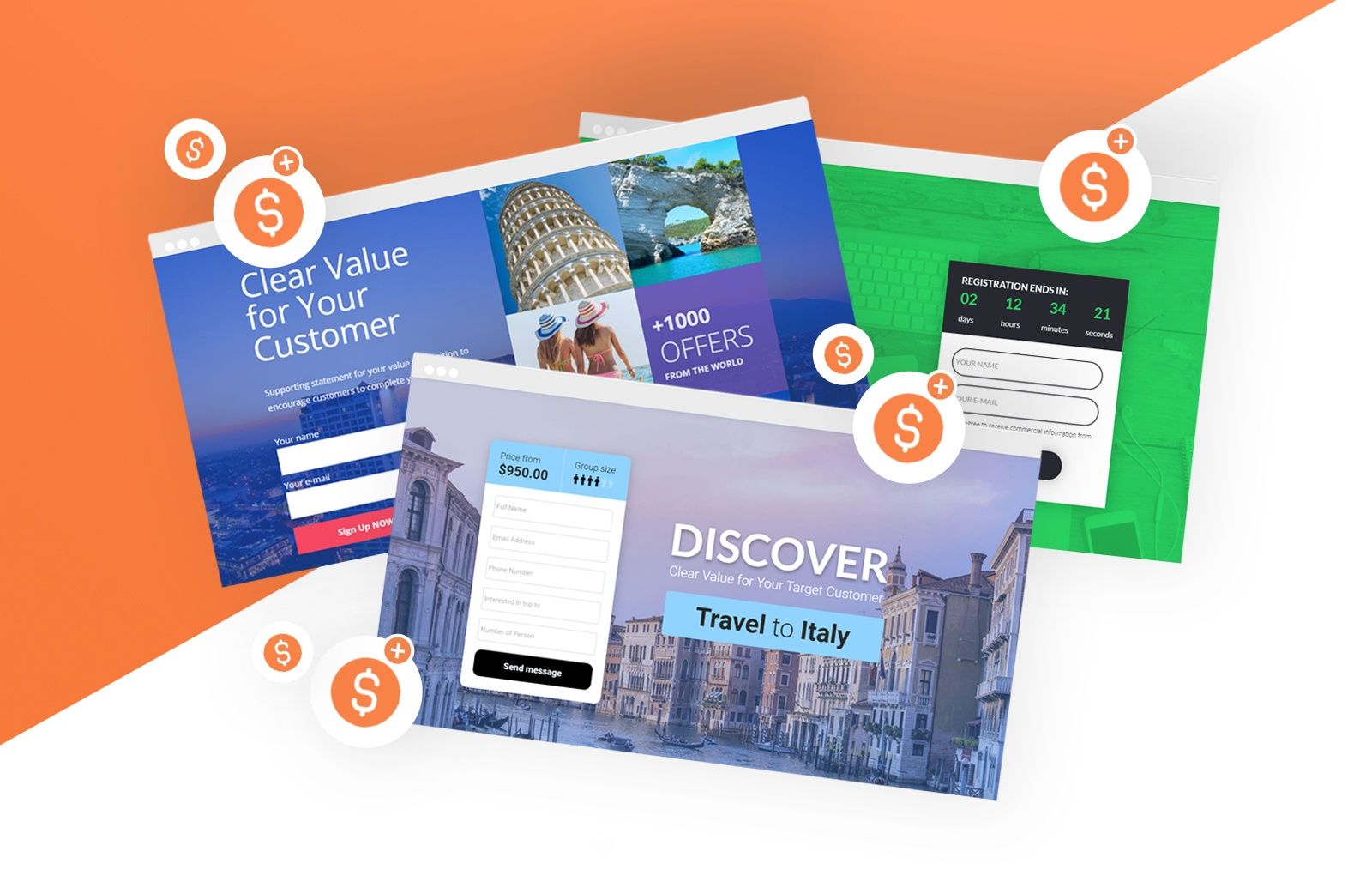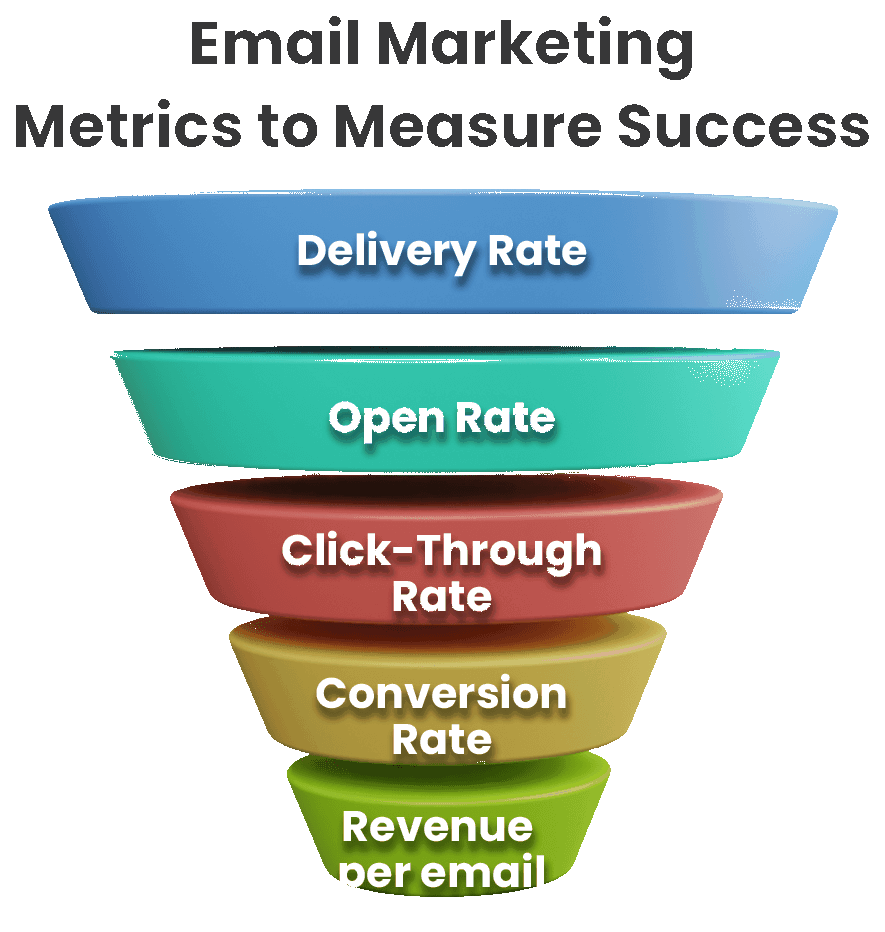
The Role of Segmentation in Email Marketing Success
- 0
Email marketing has become an essential tool for businesses looking to connect with their audience in a personalized and effective way. One of the key strategies that can make or break the success of an email marketing campaign is segmentation. Segmentation involves dividing your email list into smaller, more targeted groups based on specific criteria. In this article, we will explore the importance of segmentation in email marketing and how it can help drive better engagement and results.
Why is segmentation important?
Segmentation allows you to tailor your email content to specific segments of your audience, making your messages more relevant and engaging. By sending targeted emails to different groups of subscribers, you can increase open rates, click-through rates, and ultimately, conversions. Segmentation also helps you avoid sending irrelevant content to your subscribers, which can lead to higher unsubscribe rates and lower engagement.
Types of segmentation
There are several ways you can segment your email list to better target your audience. Some common segmentation criteria include:
Demographic information (age, gender, location)
Behavioral data (past purchase history, website activity)
Preferences and interests
Engagement with previous email campaigns
By combining different segmentation criteria, you can create highly targeted email campaigns that resonate with specific groups of subscribers.
Benefits of segmentation
Segmentation can have a positive impact on all aspects of your email marketing campaigns:
Higher open rates
By sending emails that are tailored to the interests and preferences of your subscribers, you are more likely to grab their attention and entice them to open your emails.
Increased click-through rates
Segmented email campaigns allow you to include relevant CTAs and offers that are more likely to resonate with specific segments of your audience, leading to higher click-through rates.
Improved engagement
When subscribers receive content that is personalized and relevant to them, they are more likely to engage with your emails, leading to higher levels of interaction and ultimately, stronger customer relationships.
Higher conversion rates
By delivering more targeted and relevant content to your subscribers, you can increase the likelihood of conversions, whether that means making a purchase, signing up for a webinar, or downloading a piece of content.
Best practices for segmentation
When it comes to segmentation, there are a few best practices to keep in mind:
Regularly review and update your segmentation criteria to ensure they remain relevant to your audience.
Use automation tools to streamline the segmentation process and ensure that your subscribers receive timely and relevant content.
Test different segmentation strategies to see what works best for your audience and adjust your approach accordingly.
Monitor the performance of your segmented campaigns and use analytics to optimize your email marketing strategy over time.
Conclusion
Segmentation is a powerful tool that can help you unlock the full potential of your email marketing campaigns. By dividing your audience into smaller, more targeted groups, you can deliver personalized and relevant content that drives engagement and results. Whether you are looking to increase open rates, click-through rates, or conversions, segmentation is a key strategy that should not be overlooked in your email marketing efforts.

